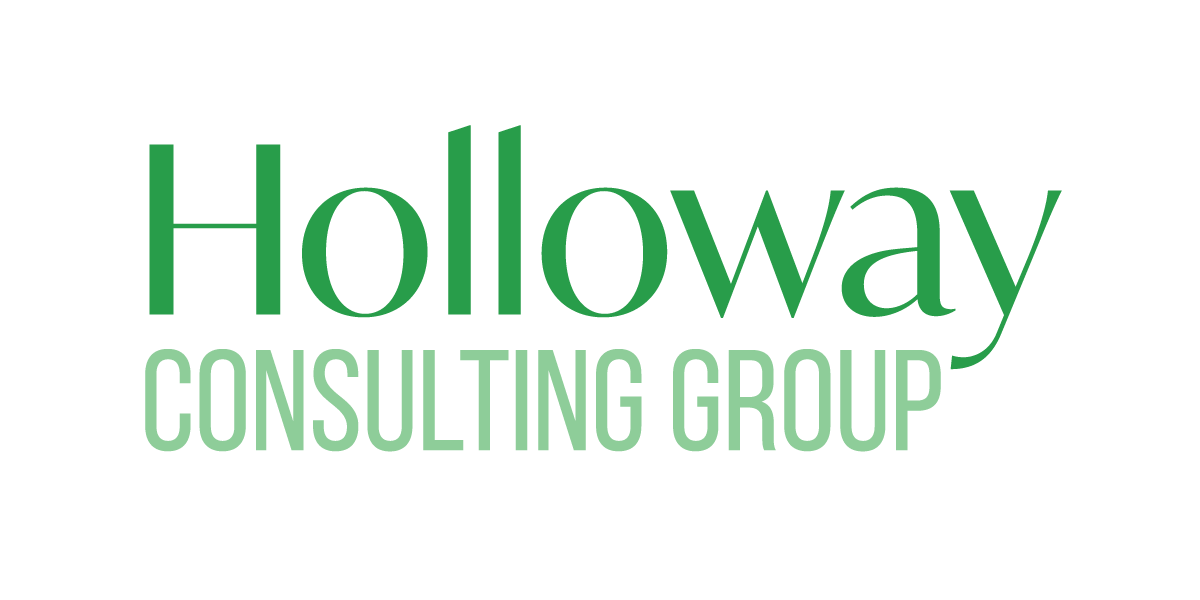When I reflect on my journey as a business owner and leader, I realize that I haven’t always appreciated starting with a clear view of the current state.
Sometimes, you know that things need to change. Why would you “waste” time corralling all the players to determine what it is that they are doing currently – especially when the current state is undesirable?
Your rational mind tells you, “Just work on the solution.” “None of the remains of this failing process are salvageable.”
There is always something to be learned from the past; even when it is a painful past. Oftentimes, knowing what did not work and why it did not work is the best gift you can get. I would argue that this information is more valuable than knowing what did work.
Why? Because when you know where you’ve fallen short and can identify weaknesses in a process, you’re able to apply those learnings to future instances.
Believe it or not, sometimes a failing process is a step away from greatness. It is important to take the time to lay out the current state clearly because this allows you to see the steps that it takes to move from the start to the completion of a product or service.
During this process. It’s important to pay close attention to the roles within the organization and identify the people who perform each step – in chronological sequence.
I typically use what is referred to as swim lanes to show this. Each of the steps that a specific role performs is within a swim lane. It is one thing to talk about a process and how it does or does not work; it is another to look at it and see that it bounces back and forth between several roles and is highly inefficient. That is when you can truly begin to understand how your organization is measuring up and where your strengths and weaknesses lie.
Documenting the specifics of a process along with roles that make the action happen is beneficial in a number of ways:
- Serves as an easy way to communicate and validate the process amongst varying groups of people. Once I get a good draft of the process, I meet with different people and make sure that what I’ve been told is correct. I always find that there are missing components; rarely does anyone know everything that needs to happen. If I didn’t have the map, I wouldn’t learn about what I don’t know.
- With the what so clearly stated, people’ find it necessary to talk to me about the why. I end up learning about the history of the current state and how things got to where they are. There is typically an invaluable nugget that is shared that no one would have thought to mention if we’d skipped straight to talking about the future state.
- When you’re really lucky, you detail the current state and you clearly see an omission, some redundancies, or that the right roles are not involved. Documenting can be a quick and easy path to improvement; just by making it visual. Even for the most inadequate of current states, there is definitely beauty to be found in painting a picture of the current state. It will help you build a more clear path to a successful future state.
When you work with Holloway Consulting Group, we do the necessary work to get crystal clear on the current state of your organization. With the knowledge of what is going on, we are able to start unlocking the keys to the existing challenges, so that we can begin to determine the root cause of those challenges and address them. Schedule a complimentary discovery call to learn more about how we can help you and your organization.




